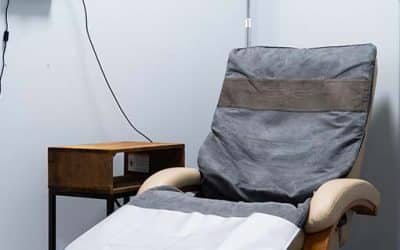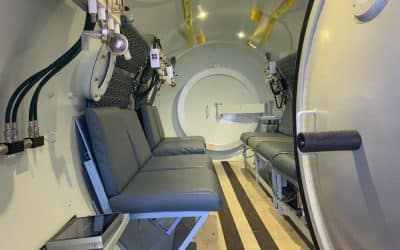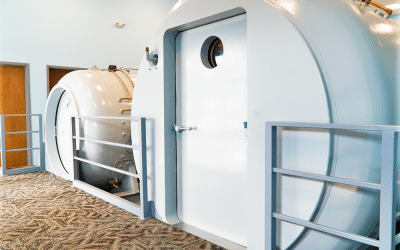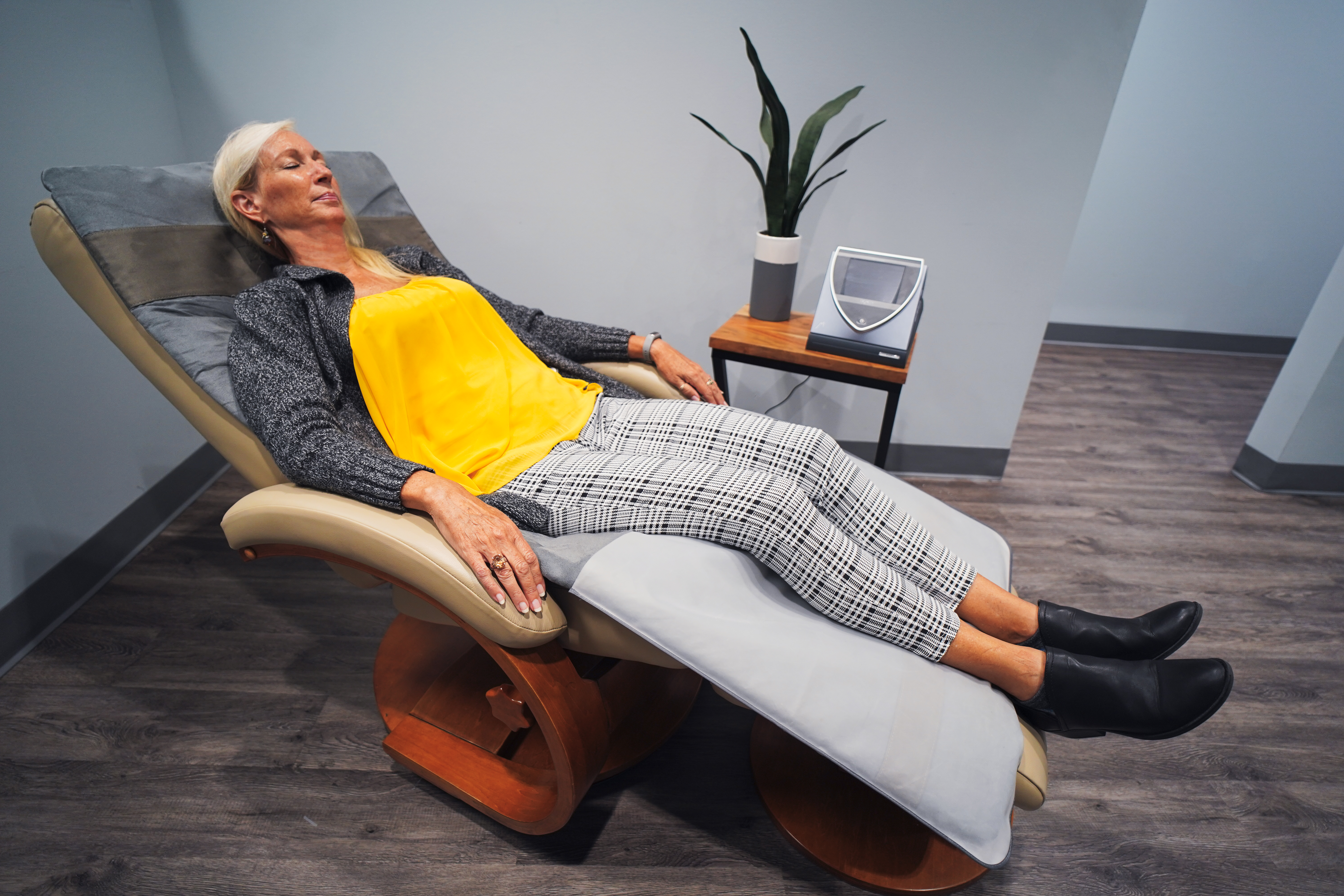Complex aortic repair (CAR) carries high rates of debilitating postoperative complications, including spinal cord injury. The rate of spinal cord deficits post-CAR is approximately 10%, with permanent paraplegia in 2.9% and paraparesis in 2.4% of patients. Treatment options are limited. Rescue therapies include optimization of spinal cord perfusion and oxygen delivery by mean arterial pressure augmentation (> 90 mm Hg), cerebrospinal fluid drainage, and preservation of adequate haemoglobin concentration (> 100 g L?). Hyperbaric oxygen therapy (HBOT) has been described in several case reports as part of the multimodal treatment for spinal cord ischemia. HBOT has been used in our centre as adjunct rescue treatment for patients with spinal cord injury post-CAR that were refractory to traditional medical management, and we aimed to retrospectively review these cases. After Research Ethics Board approval, we performed a retrospective review of all post-CAR patients who developed spinal cord injury with severe motor deficit and were treated with HBOT at our institution since 2013. Seven patients with spinal cord injury after CAR were treated with HBOT in addition to traditional rescue therapies. Five patients showed varying degrees of recovery, with two displaying full recovery. One developed oxygen-induced seizure, medically treated. No other HBOT-related complications were noted. Our retrospective study shows a potential benefit of hyperbaric oxygen therapy on neurological outcome in patients who developed spinal cord injury after CAR.
Surgery
Salvaging the dehisced glans penis.
Abstract: The glans penis may show a deep groove (surgically favorable), or may appear flat with an absent sulcus (unfavorable). Glans dehiscence following hypospadias repair, especially after multiple surgeries, frequently results in a scarred, obliterated, or absent...
Pulsed Electromagnetic Fields for Postsurgical Pain Management in Women Undergoing Cesarean Section: A Randomized, Double-Blind, Placebo-controlled Trial
Abstract Objectives: To evaluate the efficacy of pulsed electromagnetic field (PEMF) in relation to reducing postoperative pain, analgesic use, and wound healing in patients undergoing Cesarean section (C-section). Methods: This randomized, double-blind,...
Hyperbaric oxygen preconditioning improves postoperative cognitive dysfunction by reducing oxidant stress and inflammation
Abstract Postoperative cognitive dysfunction is a crucial public health issue that has been increasingly studied in efforts to reduce symptoms or prevent its occurrence. However, effective advances remain lacking. Hyperbaric oxygen preconditioning has proved to...
Hyperbaric oxygen – its mechanisms and efficacy
Principal mechanisms of HBO2 are based on intracellular generation of reactive species of oxygen and nitrogen. Reactive species are recognized to play a central role in cell signal transduction cascades and the discussion will focus on these pathways. Systematic reviews and randomized clinical trials support clinical use of HBO2 for refractory diabetic wound healing and radiation injuries; treatment of compromised flaps and grafts and ischemia-reperfusion disorders is supported by animal studies and a small number of clinical trials, but further studies are warranted.
Effects of pulsed electromagnetic fields on interleukin-1 beta and postoperative pain: a double-blind, placebo-controlled, pilot study in breast reduction patients
Abstract Background: Surgeons seek new methods of pain control to reduce side effects and speed postoperative recovery. Pulsed electromagnetic fields are effective for bone and wound repair and pain and edema reduction. This study examined whether the effect of pulsed...




